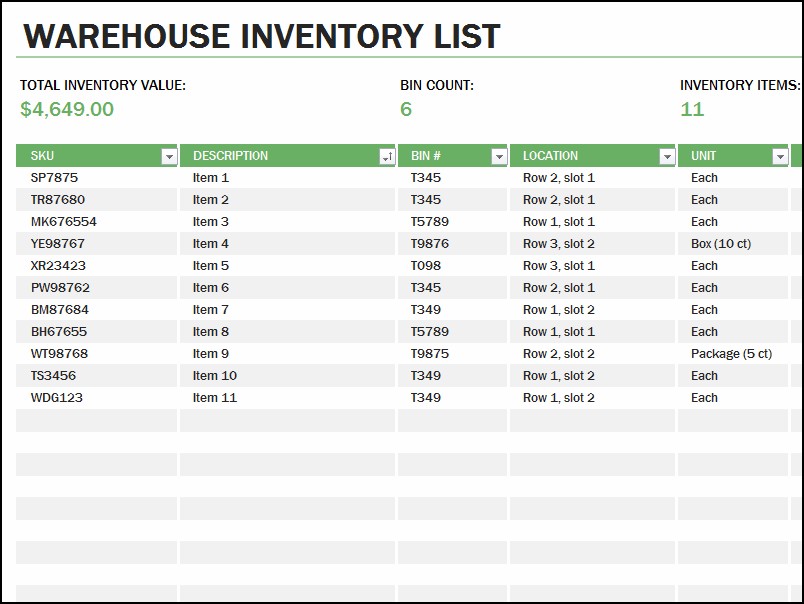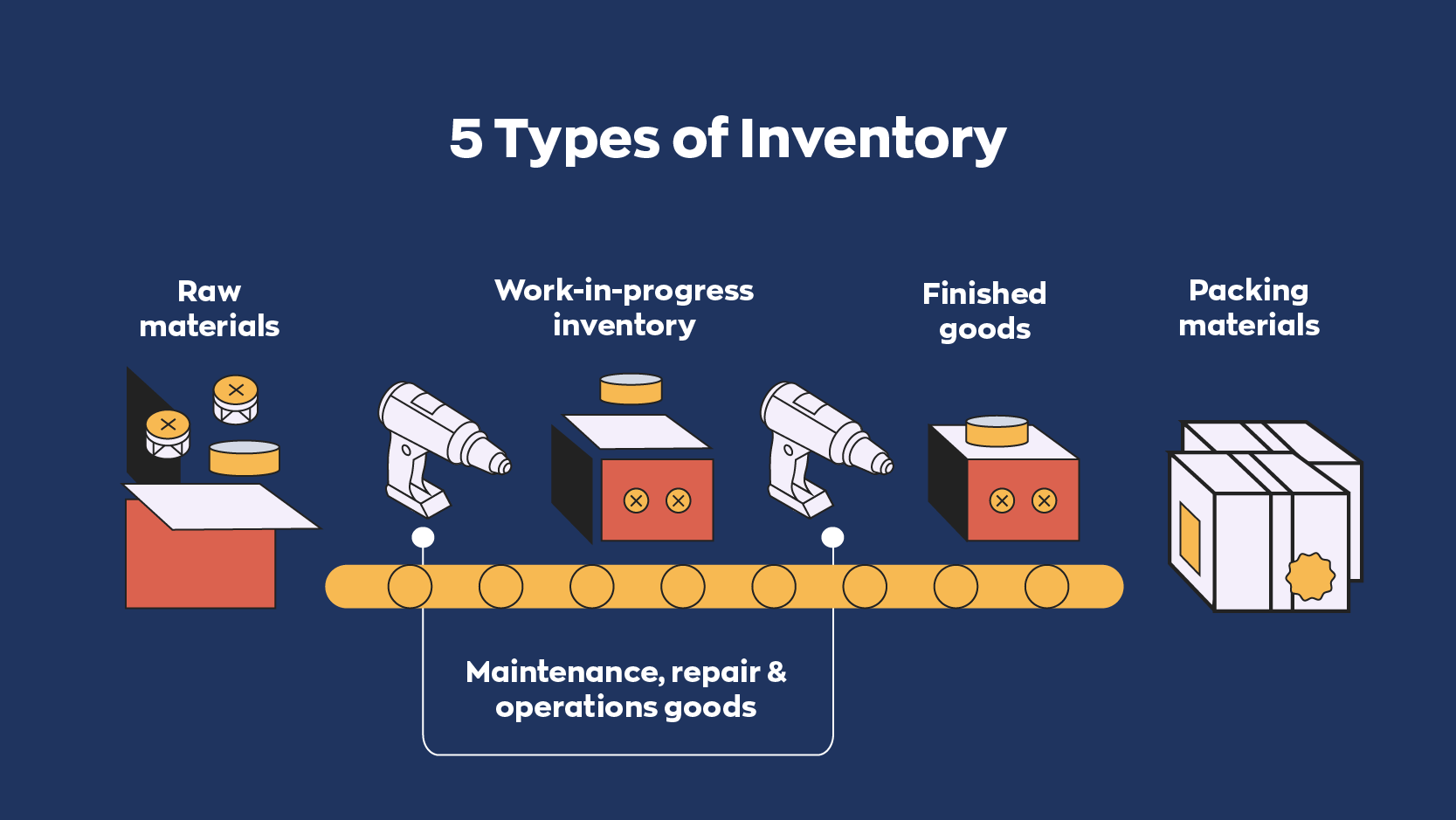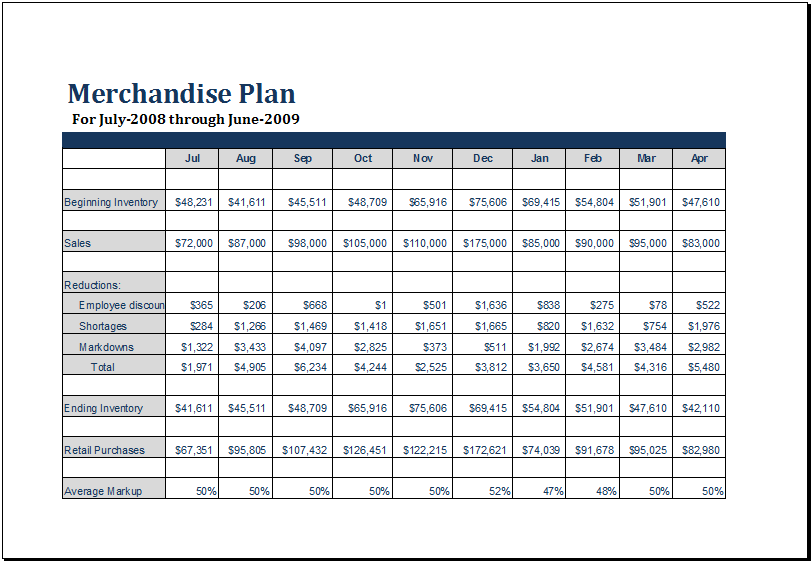business inventories example takes center stage as we uncover how businesses track, manage, and leverage their stock to stay competitive and efficient. Whether you’re running a startup or a large corporation, understanding the dynamics of inventory is essential to keeping operations smooth and customers satisfied.
From raw materials and work-in-progress to finished goods and MRO supplies, each stage of inventory plays a distinct role in various industries. Effective inventory management not only controls costs, but ensures timely delivery, minimizes waste, and empowers better business decisions. By exploring practical examples and proven strategies, you’ll see how inventory systems are the backbone of successful enterprises.
Introduction to Business Inventories
Business inventories are a core component of any organization that deals with physical goods, whether it’s a manufacturing plant, a retail store, a healthcare provider, or a tech company. At its simplest, business inventory refers to the raw materials, components, work-in-progress products, finished goods, or supplies that a business holds for eventual sale or use in production. These inventories are not just items on a shelf—they’re vital assets that directly influence company cash flow, operational efficiency, and customer satisfaction.
Efficient inventory management enables businesses to meet demand without overstocking or risking stockouts. For example, in the automotive industry, parts must be available just in time for assembly lines to run smoothly, while retailers need to balance seasonal demand without tying up excessive capital in unsold goods. This delicate balance highlights the strategic importance of inventories in diverse business contexts.
Main Types of Business Inventories Across Industries
Every industry maintains inventories tailored to their operational needs and business models. Manufacturing relies heavily on raw materials and work-in-progress inventories, while retail focuses mostly on finished goods. Meanwhile, service industries or healthcare organizations may keep significant stocks of maintenance and operational supplies.
Consider the pharmaceutical sector, where inventory accuracy can literally be a matter of life and death, as medications must be tracked meticulously to ensure timely delivery and avoid shortages. In contrast, an electronics retailer must manage fast-moving inventory cycles to keep up with technological advancements and consumer preferences.
Common Types of Business Inventories

Understanding the various types of business inventories is essential for efficient business operations. These categories help companies track, manage, and optimize their resources, ensuring they are prepared for production, service provision, or sales.
The four main categories of business inventories include raw materials, work-in-progress (WIP), finished goods, and maintenance/repair/operations (MRO) supplies. Each plays a distinct role in the supply chain and impacts business processes differently.
| Inventory Type | Description | Industry Example | Importance |
|---|---|---|---|
| Raw Materials | Basic materials used in the initial stage of production | Steel in automotive manufacturing | Ensures continuous production flow |
| Work-in-Progress (WIP) | Items that are in the production process but not yet complete | Partially assembled electronics on factory lines | Reflects production efficiency and process flow |
| Finished Goods | Completed products ready for sale or shipment | Shoes stocked in a retail store | Directly impacts sales and revenue |
| MRO Supplies | Materials used in maintenance and operations rather than production | Cleaning chemicals in hospitals | Supports ongoing business operations and compliance |
The impact of each inventory type varies widely. Manufacturers prioritize raw materials and WIP to avoid production halts, whereas retailers focus on finished goods for immediate sale. Service-based organizations, such as airlines or hospitals, rely heavily on MRO supplies to ensure continuous service delivery.
Methods of Inventory Management: Business Inventories Example
Selecting the right inventory management method helps companies control costs, improve efficiency, and maintain optimal stock levels. The most common methods include First-In-First-Out (FIFO), Last-In-First-Out (LIFO), and Just-In-Time (JIT).
| Method | Key Features | Advantages | Disadvantages |
|---|---|---|---|
| FIFO | Oldest stock sold first; matches physical flow of most goods | Reduces spoilage; accurate cost reflection during inflation | May increase taxes in rising price environments |
| LIFO | Newest stock sold first; often used for non-perishable goods | Potential tax benefits during inflation | Inventory on books may be undervalued; not accepted under IFRS |
| JIT | Inventory received only as needed for production or sale | Minimizes holding costs; increases efficiency | High risk if supply chain is disrupted |
Companies choose inventory management methods based on product type, market volatility, and accounting standards. For example, a grocery store may use FIFO to ensure goods are fresh, while a car parts distributor might prefer LIFO for tax benefits. Tech firms, aiming for lean operations, often adopt JIT to reduce obsolescence and holding costs.
Examples of Business Inventories in Different Industries

Each industry manages unique inventory challenges, reflecting the specialized nature of their operations and products. The following examples illustrate how inventories are structured and managed in various business sectors.
- Manufacturing: Car parts, steel, electronic components, and assembly materials. Manufacturers must balance large inventories of raw materials and WIP to avoid production delays.
- Retail: Clothing, electronics, groceries, and seasonal goods. Retailers face challenges in forecasting demand and managing fast-moving finished goods.
- Healthcare: Pharmaceuticals, surgical instruments, and personal protective equipment. Healthcare providers must maintain strict control over expiration dates and regulatory compliance.
- Technology: Computer chips, servers, and software licenses. Tech companies manage rapid product cycles and must guard against obsolescence.
In manufacturing, overstocking can lead to excess costs and waste, while understocking can halt production. Retailers may struggle with markdowns for unsold inventory. Healthcare organizations risk patient safety and regulatory fines if inventory is mismanaged, and technology firms can lose market relevance if they can’t deliver the latest products promptly.
Procedures for Tracking and Valuing Inventories

Accurate inventory tracking and valuation are essential for reliable financial reporting and operational decision-making. Most businesses use either periodic or perpetual inventory systems, each with distinct processes.
Periodic Inventory System:
1. Conduct physical inventory counts at set intervals (monthly, quarterly, or annually).
2. Update inventory records based on these counts.
3. Calculate cost of goods sold (COGS) at period end using beginning inventory, purchases, and ending inventory.
4. Adjust financial statements to reflect the updated values.Perpetual Inventory System:
1. Track inventory movements in real time using software and barcode/RFID systems.
2. Automatically update records with each purchase, sale, or transfer.
3. Enable daily monitoring of stock levels and immediate discrepancy detection.
4. Perform periodic audits to reconcile physical and recorded inventory.
Proper valuation methods, such as weighted average cost, FIFO, or LIFO, are also applied to ensure inventory is recorded accurately on financial statements.
Importance of Accurate Inventory Records, Business inventories example
Accurate inventory records are fundamental to sound business operations. Inaccurate records can lead to a series of negative outcomes, including supply shortages, overstocking, and lost sales opportunities. They can also cause discrepancies in financial reporting, impacting business credibility with stakeholders and regulators.
For instance, if a retailer overstates inventory, it may result in overstated assets and profits, misleading investors. Conversely, underreported inventory can lead to unnecessary stock orders, tying up capital and increasing holding costs. In a hospital, inventory inaccuracies might delay critical treatments or procedures, affecting patient care and safety.
- Overstated inventory can distort profit margins and cause managers to make poor purchasing decisions.
- Understated inventory can result in missed sales and customer dissatisfaction due to stockouts.
- Inventory mismatches can lead to compliance issues, especially in regulated industries like pharmaceuticals.
The financial statements, especially the balance sheet and income statement, rely on accurate inventory figures to reflect the true health of the business. Decision-makers depend on this data to forecast demand, plan purchases, and optimize working capital.
Ultimate Conclusion
To sum it up, mastering the details behind business inventories example means unlocking streamlined operations, reduced risk, and smarter financial management. With the right tools and understanding of inventory types and methods, any business can improve efficiency and adapt to changing markets, turning inventory challenges into opportunities for growth.
FAQ Summary
What are the main types of business inventories?
The main types include raw materials, work-in-progress, finished goods, and maintenance, repair, and operations (MRO) supplies.
Why is inventory management important for businesses?
Effective inventory management reduces costs, prevents stockouts or overstocking, and improves cash flow and customer satisfaction.
How do companies choose the right inventory management method?
Companies select methods like FIFO, LIFO, or JIT based on their industry, product type, and business goals, balancing cost efficiency and inventory availability.
Can technology improve inventory control?
Yes, technology like inventory management software, barcode systems, and automation tools streamlines tracking, reduces errors, and provides real-time insights.
How often should inventory be counted or reviewed?
It depends on the business, but many companies use perpetual systems for ongoing tracking and periodic physical counts to validate records at least annually or quarterly.
